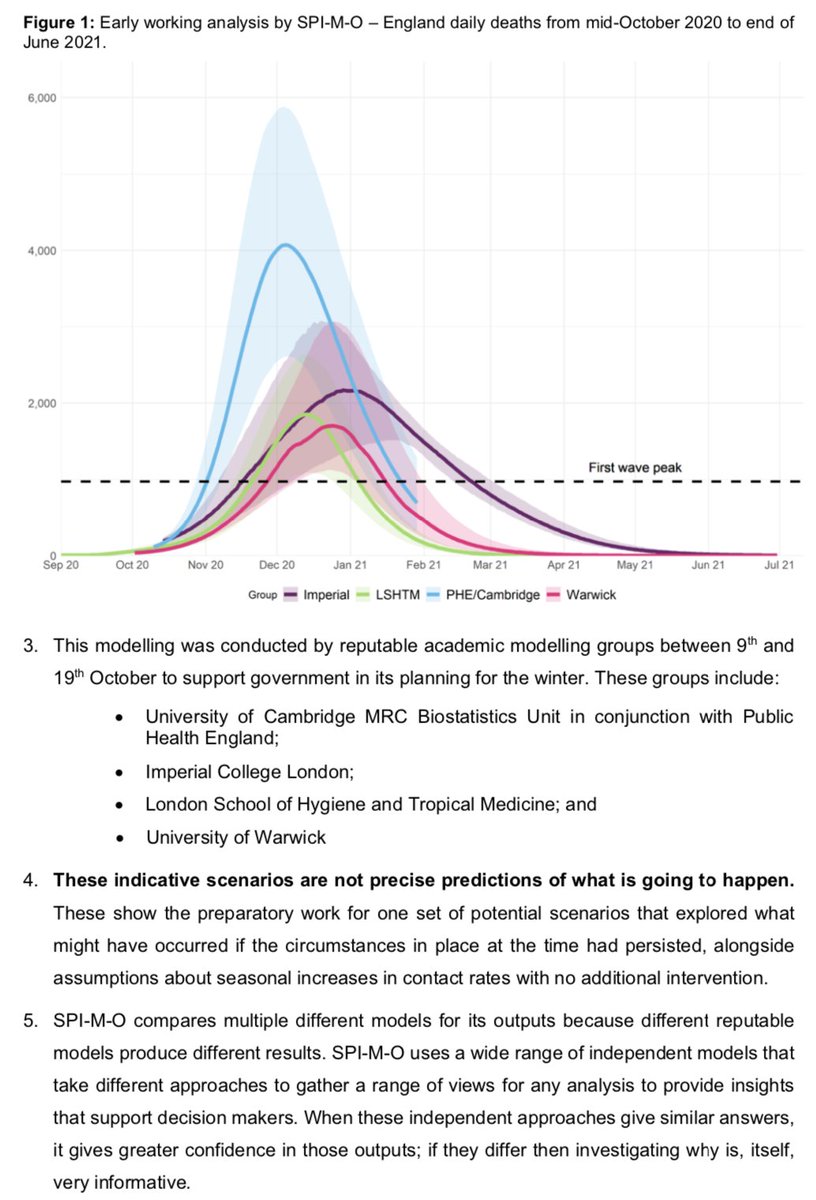
Because SARS-CoV-2 testing often happens after symptoms appear, it's been difficult to estimate detection probability early in infection. So great to collaborate with team at @TheCrick & @ucl to tackle this question, with @HellewellJoel & @timwrussell – cmmid.github.io/topics/covid19… 1/ 

We analysed data from London front-line healthcare workers who'd been regularly tested and reported whether they had symptoms at point of test (medrxiv.org/content/10.110…)... 2/ 

To estimate when people were likely infected and hence detection probability over time, we combined the HCW data with a model of unobserved infection times. 3/ 

We then used our estimates for PCR positivity over time to estimate the probability that different testing strategies would detect infections prior to symptoms or early in the infection: 4/ 

Given the current interest in scaled-up testing, we hope these estimates can be a useful benchmark for potential test performance, as well as highlighting the value of fast, frequent testing in higher risk populations. 5/
For more on the value of high frequency testing data, see this recent paper by @StephenKissler and co: medrxiv.org/content/10.110… 6/6
• • •
Missing some Tweet in this thread? You can try to
force a refresh












